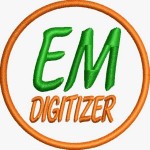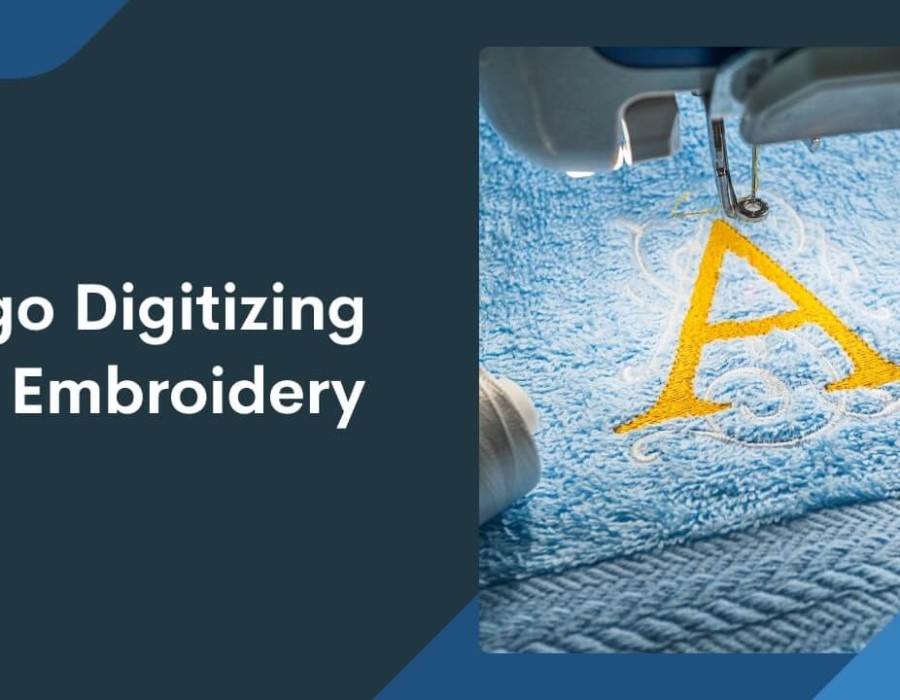Embroidery logo digitizing is a process that converts existing logos into a format that embroidery machines can interpret and stitch onto fabric. This transformation is essential for businesses and organizations looking to brand apparel, promotional materials, and more with their logos. Understanding the various file formats and their roles in embroidery digitizing is crucial for achieving high-quality results. This article explores the key formats involved in the process, providing insights for both beginners and seasoned professionals.
Understanding Embroidery Digitizing
Before diving into the file formats, it's important to grasp what embroidery digitizing entails. Essentially, it's the process of converting artwork into a digital file that an embroidery machine can read. This involves specifying the needle path, stitch type, and color changes required to recreate the design in thread on fabric.
Common File Formats in Embroidery Digitizing
Vector Art Files (AI, EPS, PDF, SVG)
AI (Adobe Illustrator)
Adobe Illustrator's native format is favored for its scalability without loss of quality. It allows digitizers to easily resize logos to fit different applications before converting them to stitch files.
EPS (Encapsulated PostScript)
EPS files are versatile, supporting text, graphics, and images. They're widely used for high-resolution printing and embroidery digitizing, providing a solid foundation for accurate logo reproduction.
PDF (Portable Document Format)
While known for document sharing, PDFs can contain vector graphics, making them usable for digitizing. However, the quality depends on the original file creation.
SVG (Scalable Vector Graphics)
SVGs are ideal for web use and retain quality at any size. They're increasingly accepted by digitizing software, offering a modern format for logos.
Embroidery Machine Formats (DST, PES, EXP, and More)
DST (Data Stitch Tajima)
DST is one of the most common embroidery file formats, compatible with a wide range of machines. It contains stitch instructions but lacks color information, requiring manual input.
PES (Brother Embroidery Format)
Specific to Brother embroidery machines, PES files include both stitching instructions and color information, facilitating more automated processes.
EXP (Melco Embroidery Format)
EXP files are versatile, used by several machine brands. Like DST, they focus on stitch data and may need color information to be added manually.
Choosing the Right File Format
The choice of format depends on several factors:
- Machine Compatibility: Ensure the format is compatible with your embroidery machine.
- Design Complexity: More complex logos may benefit from specific vector formats for initial digitizing.
- End Use: Consider the fabric type and product (e.g., uniform, cap) to determine the best stitch type and file format.
Converting Logos for Embroidery Digitizing
Conversion involves specialized software and skills to ensure accuracy and quality. This process includes:
- Analyzing the logo for complexity and color.
- Choosing the appropriate stitch type (e.g., satin, fill).
- Determining the stitching sequence to minimize thread changes and jumps.
- Adjusting for fabric type to ensure the final product looks good and lasts.
Final Thoughts
The success of embroidery logo digitizing heavily relies on selecting the right file format. Understanding the strengths and limitations of each format ensures that your embroidered logos maintain the integrity of your original design while being optimized for the medium of fabric. Whether you're working with a digitizer or taking on the task yourself, knowledge of these formats is a crucial step in producing high-quality embroidered logos.






Comments